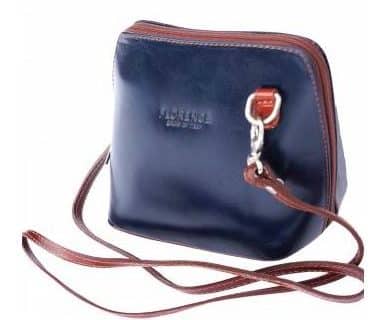Celebrating the Art of Handcrafted Leather Goods: A Glimpse into Traditional Craftsmanship
In a world where mass production and fast fashion dominate the market, there is something profoundly special about items that are meticulously crafted by hand. The essence of traditional craftsmanship is beautifully captured in this image, which showcases the intricate process of creating handmade leather goods. Let’s take a closer look at this scene and appreciate the dedication, skill, and artistry that go into every piece.
The Workshop Atmosphere
The workshop depicted in the image exudes a warm, rustic charm. Natural light streams through a nearby window, casting a soft glow over the workspace. The setting is filled with tools and materials essential for leatherworking: leather hides, needles, threads, and wooden molds are scattered around, each playing a vital role in the creation process. This environment is a haven for artisans, where creativity meets precision.
The Artisan at Work
At the heart of this scene is a skilled artisan, wearing a practical apron and focused intently on their work. Their hands move with practiced ease, carefully stitching a piece of leather by hand. The craftsman’s expression reflects a deep concentration and a passion for their craft. It’s a reminder of the human touch that goes into each stitch, cut, and finish – a stark contrast to the impersonal nature of machine-made products.
The Craftsmanship
The image also highlights the quality and craftsmanship of handmade leather goods. Finished products such as bags, wallets, and belts are neatly displayed on shelves in the background. Each item boasts unique details and superior craftsmanship that mass-produced items simply cannot replicate. The durability and timeless appeal of these leather goods make them cherished items that can be passed down through generations.
Why Handcrafted Leather Goods Matter
Handcrafted leather goods are more than just accessories; they are pieces of art. The process of creating these items involves a high level of skill and patience, ensuring that each product is unique and of the highest quality. By choosing handcrafted items, consumers support sustainable practices and small-scale artisans who pour their heart and soul into their work.
Supporting Artisans and Sustainable Practices
In an era where environmental concerns are paramount, supporting handcrafted goods also means endorsing sustainable practices. Unlike mass production, which often leads to significant waste and environmental impact, handcrafted processes typically involve more sustainable methods and materials. Each piece is made with care, minimizing waste and promoting the longevity of the product.
Conclusion
The image of the artisan in their workshop serves as a powerful reminder of the value of traditional craftsmanship. In a fast-paced world, taking the time to create something by hand is a testament to human skill and dedication. By appreciating and supporting handcrafted leather goods, we honor the artisans who keep these traditions alive and ensure that the beauty of handmade art continues to flourish.
Let’s celebrate the artisans who dedicate their lives to creating beautiful, durable, and timeless leather goods. Their work not only enriches our lives with unique and high-quality items but also fosters a deeper connection to the art of craftsmanship.
Whether you are a fan of handmade goods or new to the world of artisanal crafts, take a moment to explore and appreciate the intricate process and the passionate artisans behind every piece.








